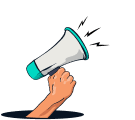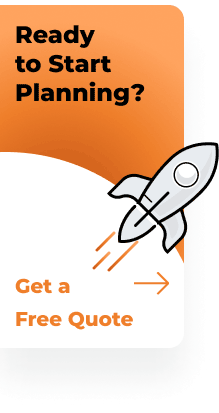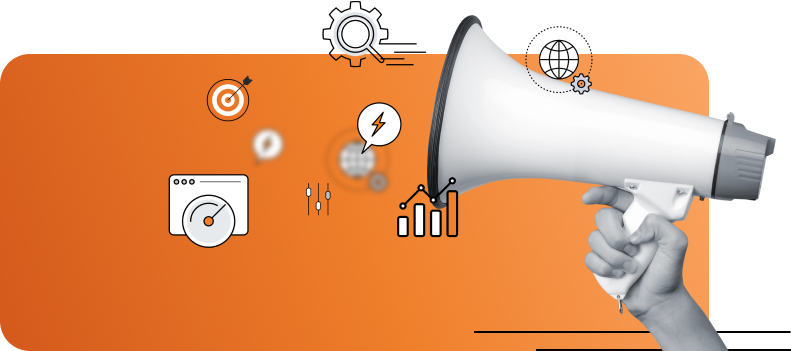A call-to-action (CTA) is the message that will ultimately persuade your website visitor or newsletter reader to take the action that you want them to take.
As such, it’s incredibly important to get it right. By changing a word or the color of the button it appears on can make the difference to whether your business thrives or fails.
Here’s a checklist of 10 very important questions to ask yourself about your CTA:
-
What is this call-to-action for?
Do you want your visitor to sign up for a newsletter, finalize a purchase, download an e-book, go to a landing page? It can’t be wishy-washy. It has to leave your visitor in no doubt what to do.
-
Am I using verbs?
It’s an old marketing maxim that using verbs at the beginning of your message will make all the difference.
Examples:
• Download Now
• Sign Up Today
• See Plans and Pricing -
Is there a sense of urgency?
Giving a deadline is an excellent way of making a sale. Make the offer available for the first 100 visitors, or explain that the last time you offered this discount it sold out in minutes. A great example is below from Neil Patel. He adds the “Hurry! Only 1 spot is available“. At the end of the form creating a sense of urgency.
-
Have I outlined the benefits?
Why should this person sign up? What’s in it for them? Make sure that a visitor completely new to your site will know exactly what they’ll get and the benefits they’ll gain by clicking that button. If it’s a discount, mention the original price with a strikethrough, then the new price. If it’s free, make sure FREE stands out. FiveSecondTest is a very useful way to gauge if people are actually seeing what you think they’re seeing.
-
Does the button stand out?
Is it brightly colored, or colored in such a way as it stands out from its background? Does it use a fancy effect? Is there a great big arrow pointing to it? Is it big and shouting out “Click me! Click me!”?
-
Does it take my visitor to the right place?
Does it take them to a specific landing page, or does it simply bring them to your home page, where they’ll have to hunt for the offer? Does it point to an out of date offer?
-
Is it in the right position on the page?
The accepted wisdom is to have your call-to-action “above the fold” – right in the middle of the screen where it can be seen without scrolling. But a case study mentioned on QuickSprout found that CTAs in the area just below the fold worked better. (This will depend on what you’re selling).
If you want to keep your CTA above the fold. Using a Hello Bar is a worthwhile investment. A hello bar essentially pops up at the top of the screen, it usually doesn’t blend in with the site but that is done on purpose to catch your eye. Below is a great example from Hello Bar – a company that provides ‘Hello Bars’.
-
Is there more than one?
Have them on more than one or on every page, in a strategic position. That way, no matter which page your visitor lands on there’ll be a chance that they’ll see it and take you up on your offer. Make sure your website designer creates a cutting edge website that includes more then one call to action.
-
Have you tested each element?
You’ve tried different text variations, you’ve changed the color of your button, you’ve experiment with a different position on the page. Do you know which performed better? Use tools like Website Optimizer and CrazyEgg. The Image below is from Crazy Egg, it allows you to visualize how your users are using your website. The visual allows you to now tweak your design further to increase CTA. What I am trying to essentially say is… use CrazyEgg, they are awesome!
-
Have you re-tested each element?
Once you’ve tested and changed, re-test, look at your result, then test again, and again, and again. Beware that case studies you’ve seen where one particular element worked better for someone might not necessarily work for you.









